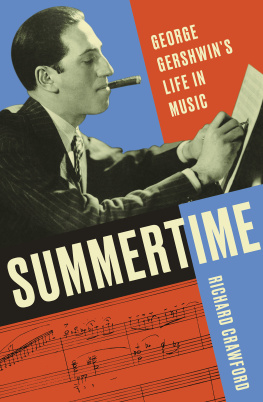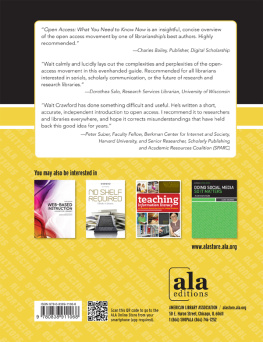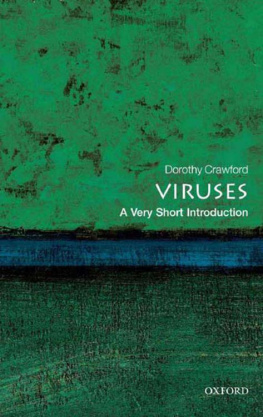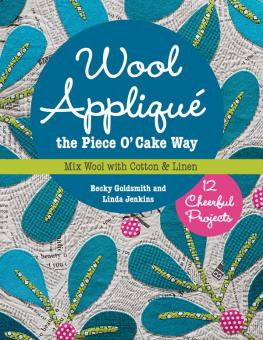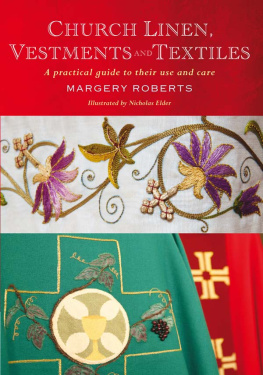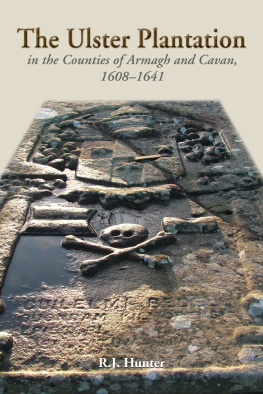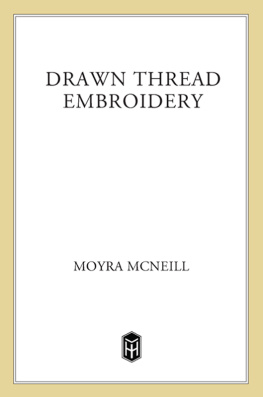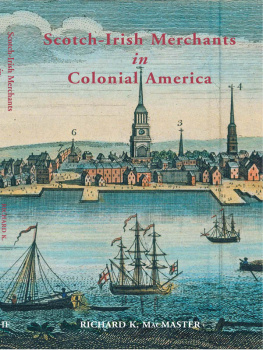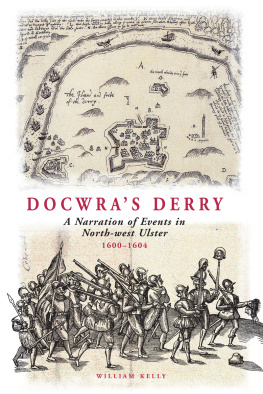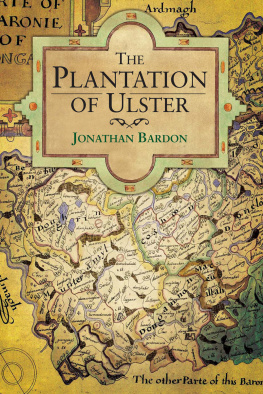W.H. CRAWFORD was the archivist with special responsibility for education at the Public Record Office of Northern Ireland and subsequently Keeper of Material Culture at the Ulster Folk & Transport Museum. He retired as Development Oficer for the Federation for Ulster Local Studies. As an honorary research fellow at the Institute of Irish Studies in Queens University Belfast, he lectured on the regional and local history of Ulster for which he had been awarded a Ph.D. in 1983. He has pioneered research in the creation and evolution of estates, towns, and markets and fairs in Ulster; relations between landlords and tenants on these estates from c.1600 to 1820; and the development of the linen industry in Ulster. His archival and museum experience is reflected in several case studies of social life in Ireland.
The Impact of the
DOMESTIC LINEN
INDUSTRY
in Ulster

W.H . CRAWFORD

ULSTER HISTORICAL
FOUNDATION
This publication has been supported by the Ulster Local History Trust.
Ulster Historical Foundation is also pleased to acknowledge support for this publication provided by the Miss Elizabeth Ellison Charitable Trust.
The Hincks prints are reproduced courtesy of the Ulster Folk and Transport Museum
First published 2005
by Ulster Historical Foundation
49 Malone Road, Belfast, BT9 6RY
www.ancestryireland.com
Except as otherwise permitted under the Copyright, Designs and Patents Act 1988, this publication may only be reproduced, stored or transmitted in any form or by any means with the prior permission in writing of the publisher or, in the case of reprographic reproduction, in accordance with the terms of a licence issued by The Copyright Licensing Agency. Enquiries concerning reproduction outside those terms should be sent to the publisher.
W.H. Crawford
Epub ISBN: 978-1-908448-24-8
Mobi ISBN: 978-1-908448-23-1
Printed by Biddles Ltd
Design by Dunbar Design
Contents

APPENDICES
1

Introduction

PLATE 1
Taken near Scarva in the County of Downe, representing Ploughing, Sowing the Flax Seed and Harrowing
WILLIAM HINCKS 1783
A LTHOUGH EVERY ULSTERMAN identifies the linen industry with the economic development of the province, he can have little real conception of the indelible imprint it has left on its society and its culture. In the eighteenth century the domestic linen industry expanded so rapidly across the province that annual exports increased from less than a million to forty million yards of cloth. Flax was grown on every small farm, prepared and spun into linen yarn and woven into webs of cloth by families in their own homes, and sold in linen markets in towns to the linendrapers and bleachers who finished the linens and marketed them in Dublin or in Britain. As linen transactions were conducted in coin, money percolated through Ulster society so that in time many families managed to get their feet on to the property ladder and Ulster became noted for the density of its family farms. The trade was well organised under the aegis of the Linen Board and then dominated by the bleachers who managed the industrialisation of the spinning and weaving sectors during the nineteenth century. Nevertheless, the domestic linen industry survived into the twentieth century, producing linens of the finest quality such as damasks and cambrics.
Such a phenomenon was bound to attract historians. In 1925 Conrad Gill, then a lecturer in economic history in the Queens University of Belfast, published The Rise of the Irish Linen Industry. In this pioneering work Gill was interested in the linen industry chiefly as Irelands contribution towards that great transformation of industry and society popularly known as the Industrial Revolution, and so he was concerned mainly to trace the change from domestic to factory production. As he wanted also to investigate the role of successive governments in this process, he paid considerable attention to the history of the Board of Trustees of the Linen and Hempen Manufactures (known as the Linen Board) set up by the Irish Parliament to regulate the industry. Although his comments on this source in his bibliography indicate that he had not studied it systematically before the destruction of the whole archive in the burning of the Four Courts in Dublin in 1922, Gill deplored in the preface to his book the loss of this best of his sources in the catastrophe of the Dublin Record Office. It has to be admitted that the loss of the manuscript volumes of the Proceedings of the Board of Trustees of the Linen Manufacture in Ireland 17111828 has made it impossible to produce a detailed history of the Irish Linen Board in spite of the survival of a printed volume of Precedents and Abstracts selected from the early minute books from 1711 to 1737 and later the publication of the Proceedings from 1784.
The loss of such a vital source in Dublin was, however, discounted to some extent by the success of the new Public Record Office of Northern Ireland (PRONI, established in 1924) in locating and processing government and private archives throughout the province. One of the first academic historians to exploit these archives was a local polymath, Rodney Green, who published The Lagan Valley 18001850: a local history of the industrial revolution (Manchester, 1949) and The Industrial Archaeology of County Down (Belfast, 1968); after he became Director of the Institute of Irish Studies in Queens University Belfast in 1970 he encouraged several students to carry on research. Harry Gribbon, who came from a Coleraine family long engaged in textiles, published several papers on the history of the Linen Board as well as A History of Water Power in Ulster (Newton Abbot, 1969). Both Green and Gribbon were well acquainted with the industrial history of the province. Their work was complemented by Alan McCutcheons Industrial Archaeology of Northern Ireland (Belfast, 1980), based on the regional survey of industrial archaeology that he conducted for the Ministry of Finance.
I was introduced to historical research in the records of the Brownlow estate (then held in a solicitors office in Lurgan, County Armagh, but now available for study in PRONI). After working on these records for several years I approached Professor J.C. Beckett to supervise me in preparing a doctoral thesis. He introduced me to Professor K.H. Connell, who passed on to me an invitation to contribute to a symposium in England on the role of landowners in the development of industry. My first paper on the linen theme, Ulster landlords and the linen industry, was later published in Land and Industry: the Landed Estate and the Industrial Revolution (Newton Abbot, 1971). While it owed much of its basic argument to the reprint in 1964 of Conrad Gills classic, The Rise of the Irish Linen Industry


